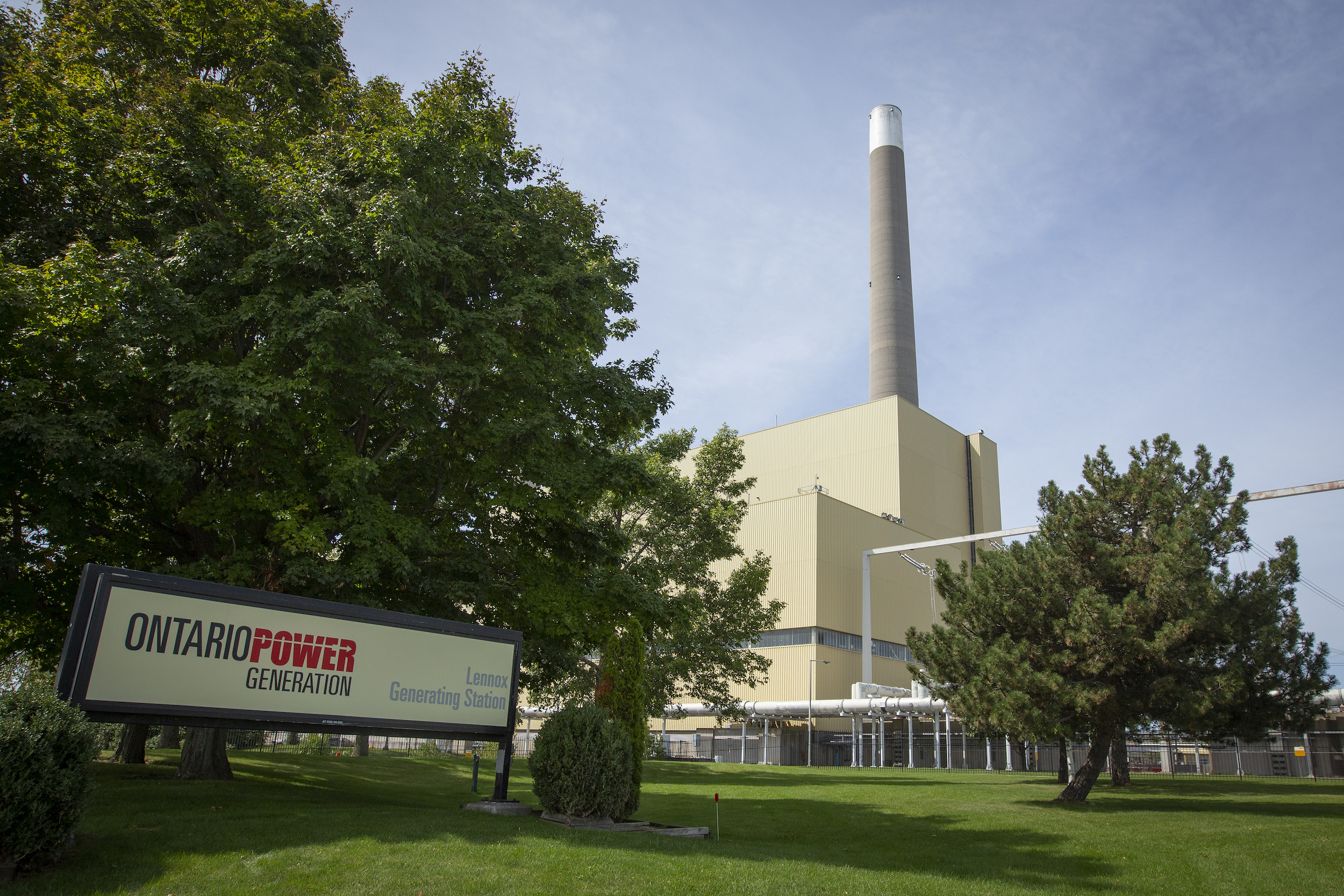
The federal government ‘sees a long-term future for the oilsands.’ Here’s what you need to know
An internal document obtained by The Narwhal shows how the natural resources minister was briefed...
Ontario Power Generation made $5.5 million selling clean energy credits in a private revenue-making scheme, according to a regulatory document obtained by The Narwhal.
The $5.5 million figure was listed in documents filed with the Ontario Energy Board (OEB) in May, the day after The Narwhal disclosed the sales of the unregulated credits. At the time, the power company hadn’t publicly announced its credit sales. The energy board regulates the province’s electricity industry and is currently investigating Ontario Power Generation’s revenue-making scheme.
In the May letter, Ontario Power Generation deemed the $5.5 million sales figure “immaterial revenues.” Although it confirmed the amount to The Narwhal, the company has been secretive about its program, declining to answer questions about how it used the money, who purchased the credits and whether it was still in the business of selling the credits to customers.
The absence of immediate answers appears to show how the company can operate without adequate oversight, and profit from province’s largely clean grid at the expense of Ontarians.
Clean energy credits are guarantees that one megawatt-hour of electricity comes from carbon-free sources like hydro, wind, solar and nuclear. Purchasing them allows businesses and consumers to claim that a certain amount of their energy comes from green sources, thus satisfying their environmental and sustainability commitments. Previously, the company told The Narwhal that its credits are based on its production of hydroelectricity.
Ontario has no official, centralized registry to track purchases of clean energy credits for electricity. The registry Ontario Power Generation has created is similar to voluntary registries that exist in more than a half-dozen U.S. states including Ohio, Pennsylvania, Illinois, Indiana and Wisconsin.
Kent Elson — a lawyer who represents the non-governmental organization Environmental Defence at Ontario Energy Board hearings and who first asked the board to investigate the sales — told the board that Ontario Power Generation’s private credit sales could equate to approximately 6 million megawatt hours of clean energy or almost 10 per cent of the generator’s energy output.
Ontario’s electricity grid is 94 per cent emissions free — a fact widely publicized by the power generator and the government for years. This fact forms the basis for all the emissions accounting done by Ontario municipalities and businesses. But regulators are failing to monitor whether credits sold by Ontario Power Generation to markets outside the province represent emissions-free energy that’s also being counted towards sustainability goals by locals — whether the credits are actually offsetting pollution from the buyers, or whether these buyers are paying for hot air.
An Ontario Power Generation executive previously told The Narwhal in an interview that there is no double-counting of these credits, noting the sales are “tracked and monitored carefully” through third-party brokerage systems.
In its May 6 letter to the energy board, Ontario Power Generation said revenue from these sales “will either flow back to ratepayers or be used to support future clean energy projects.” No evidence has been provided to The Narwhal to show this has occurred.
“The OEB is carefully considering this matter and we will be prepared to comment further at the end of our process,” Mary Ellen Beninger, a spokesperson for the board, said in an email. Beninger did not specify what the timeline of the investigation is.

While the investigation continues, Ontario’s re-elected Progressive Conservative government is pushing forward with its plan to create a voluntary clean energy credit registry that would legitimize these sales and create a public accounting system for them. Ontario Power Generation has agreed to track its sales in this registry once it exists.
In August, Ontario posted the proposal for the registry for public feedback, as it is legally required to do. Its proposal outlines that the registry would require generators to register to certify their clean energy production, after which each sale would be tracked and each credit retired afterwards, so that environmental credits are not resold, or counted more than once. The province’s goal is to monetize Ontario’s existing emissions-free energy while also incentivizing new clean energy generation.
In an email to The Narwhal, Palmer Lockridge, a spokesperson for Ontario’s energy minister, Todd Smith, said this type of registry is “a proven tool, used across North America and Europe, which would allow businesses to demonstrate that their electricity has been sourced from a non-emitting resource, while supporting the future development of new clean energy generation in the province and providing value to ratepayers.”
“Establishing a common registry to track the creation, trading, and retirement of all [clean energy credits] produced and consumed in Ontario will ensure transparency, accountability and preserve the cleanliness of Ontario’s electricity supply,” Lockridge wrote.
Get the inside scoop on The Narwhal’s environment and climate reporting by signing up for our free newsletter. On March 17, federal Conservative Leader Pierre Poilievre...
Continue reading
An internal document obtained by The Narwhal shows how the natural resources minister was briefed...

Notes made by regulator officers during thousands of inspections that were marked in compliance with...

Racing against time, dwindling habitat and warming waters, scientists are trying to give this little-known...
